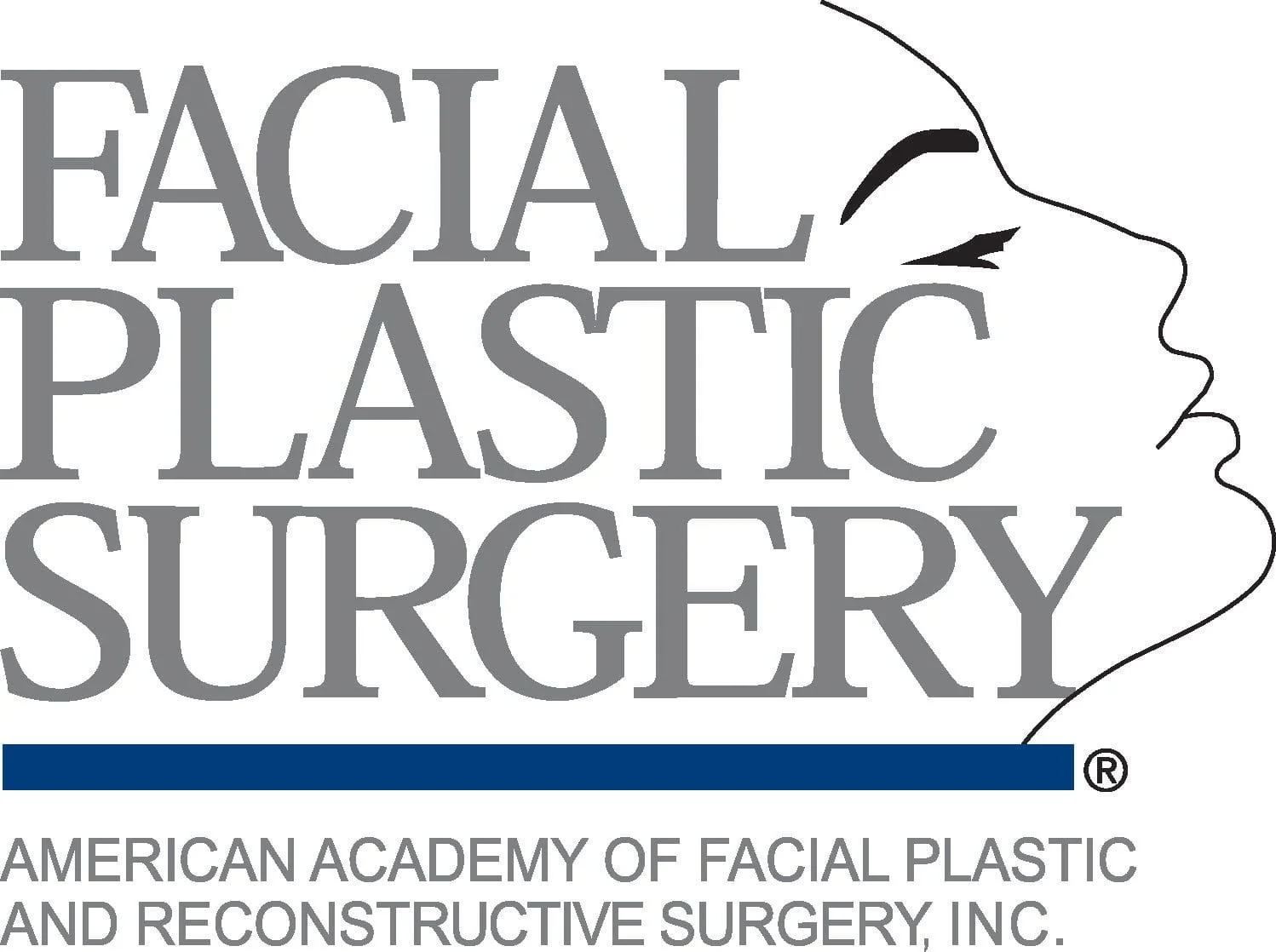Cholesteatoma is a serious but treatable ear condition which can only be diagnosed by medical examination. Persisting earache, ear drainage, ear pressure, hearing loss, dizziness, or facial muscle weakness signals the need for evaluation by an otolaryngologist-head and neck surgeon. Initial treatment may consist of a careful cleaning of the ear, antibiotics, and ear drops. Therapy aims to stop drainage in the ear by controlling the infection. The extent or growth characteristics of a cholesteatoma must also be evaluated.Large or complicated cholesteatomas usually require surgical treatment to protect the patient from serious complications. Hearing and balance tests, and CAT scans of the ear may be necessary. These tests are performed to determine the hearing level remaining in the ear and the extent of destruction the cholesteatoma has caused.
Surgery
Surgery is performed under general anesthesia in most cases. The primary purpose of the surgery is to remove the cholesteatoma and infection and achieve an infection-free, dry ear. Hearing preservation or restoration is the second goal of surgery. In cases of severe ear destruction, reconstruction may not be possible. Facial nerve repair or procedures to control dizziness are rarely required. Reconstruction of the middle ear is not always possible in one operation; and therefore, a second operation may be performed six to twelve months later. The second operation will attempt to restore hearing and, at the same time, inspect the middle ear space and mastoid for residual cholesteatoma.
Treatment often requires repeat procedures, either because small pieces of the cyst have remained or because the cyst has grown back. The surgery often involves rebuilding the bones of the middle ear with various plastic prostheses or with bits of the patient's cartilage. When it is successful (and this is more likely in adults than in children), normal hearing may be restored and the cavity closed off. Some patients have had three or four procedures and finally have been totally cured, with hearing restored. Others are discouraged and refuse further treatment after one or two operations. An alternative surgery is a radical mastoidectomy, which does not cure the problem but leaves an open cavity through which the physician can periodically clean out the debris that collects.
Admission to the hospital is usually done the morning of surgery, and if the surgery is performed early in the morning, discharge may be the same day. For some patients, an overnight stay is necessary. In rare cases of serious infection, prolonged hospitalization for antibiotic treatment may be necessary. Time off from work is typically one to two weeks.
Follow-up office visits after surgical treatment are necessary and important, because cholesteatoma sometimes recurs. In cases where an open mastoidectomy cavity has been created, office visits every few months are needed in order to clean out the mastoid cavity and prevent new infections. In some patients, there must be lifelong periodic ear examinations.
After Surgery Instruction
- DO NOT GET WATER IN THE EARS! This is very important because it may cause infections.
- You may take shower, but do so with the ear plugged with cotton balls coated with vasoline until cleared by Dr. Kim.
- Please do not strain, blow nose, or lift heavy things for about 2 weeks. Cough or sneeze with mouth open.
- You may resume pre-op diet as tolerated.
-
Expected:
- discharge for 1-3 weeks
- mild-moderate pain
- mild dizziness, nausea and vomiting, and mild fever for few days.
-
Contact Dr. Kim if the following conditions arise:
- fever >101.5
- Bleeding
- Nausea and vomiting lasting greater than 2days.
- It is extremely important that you come back for routine visits.
- Usually, you should be seen within three weeks following the surgery. Please call the office for an appointment.
- You may return to school or work when you feel up to it- usually in 1-2 weeks.



